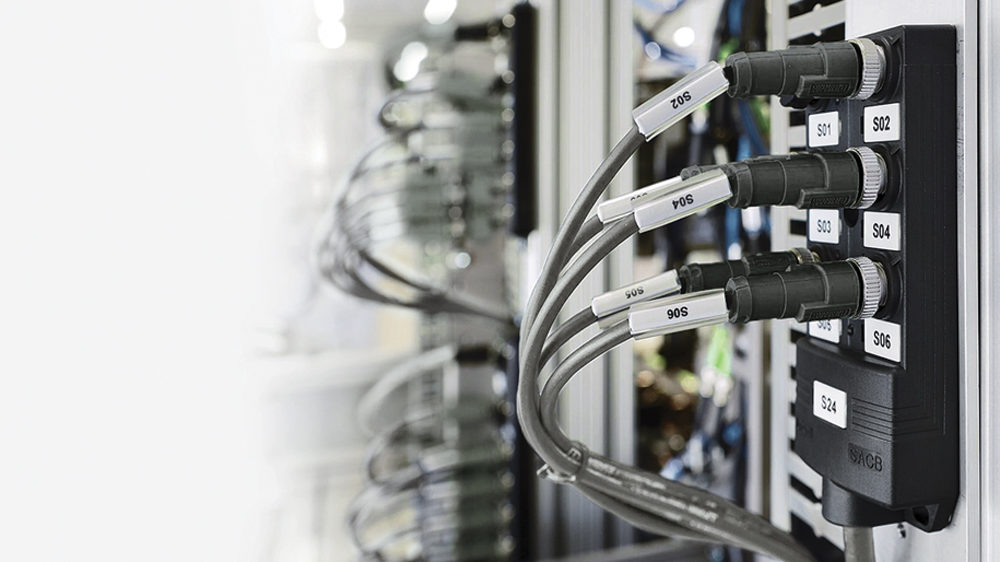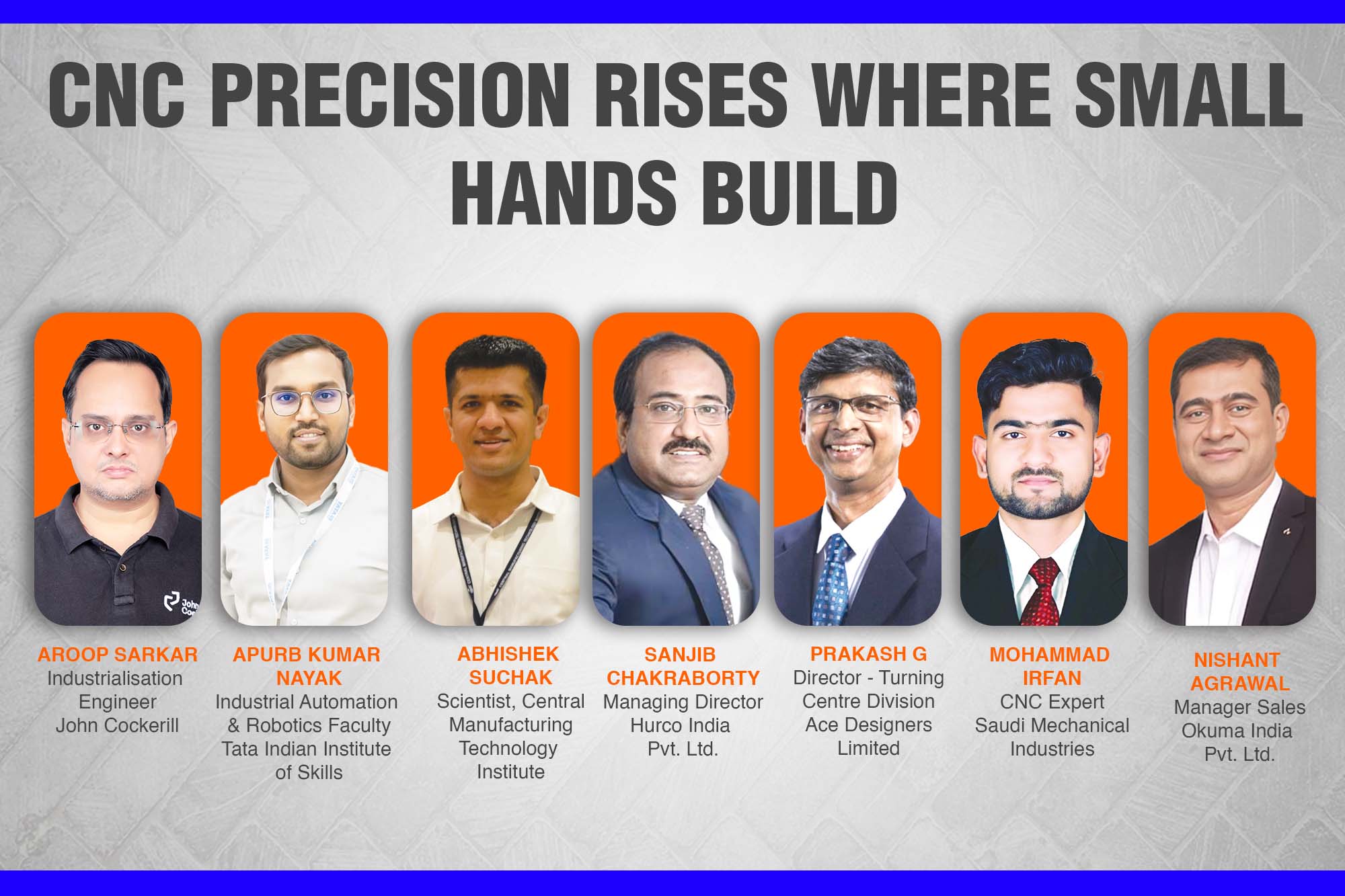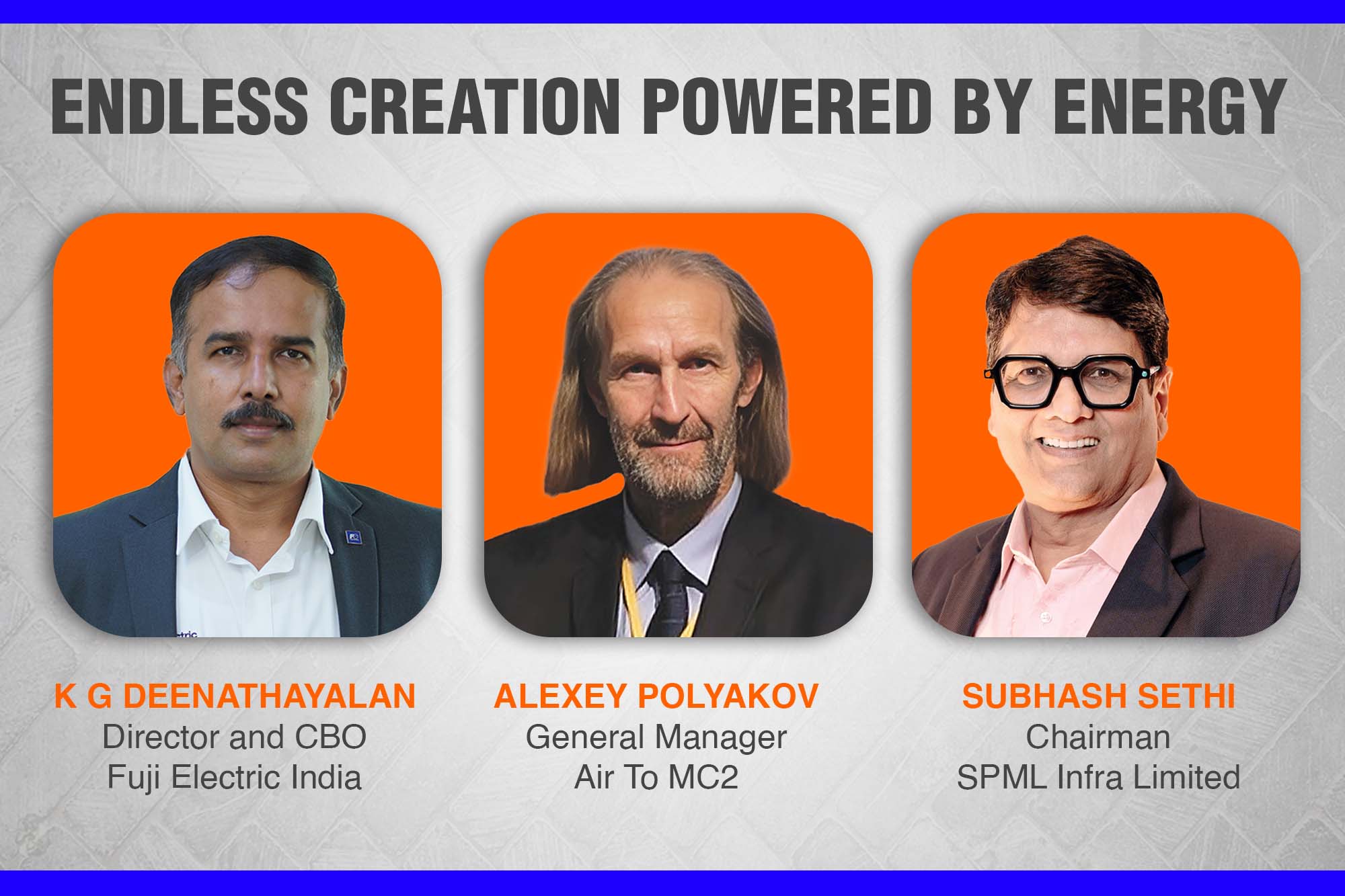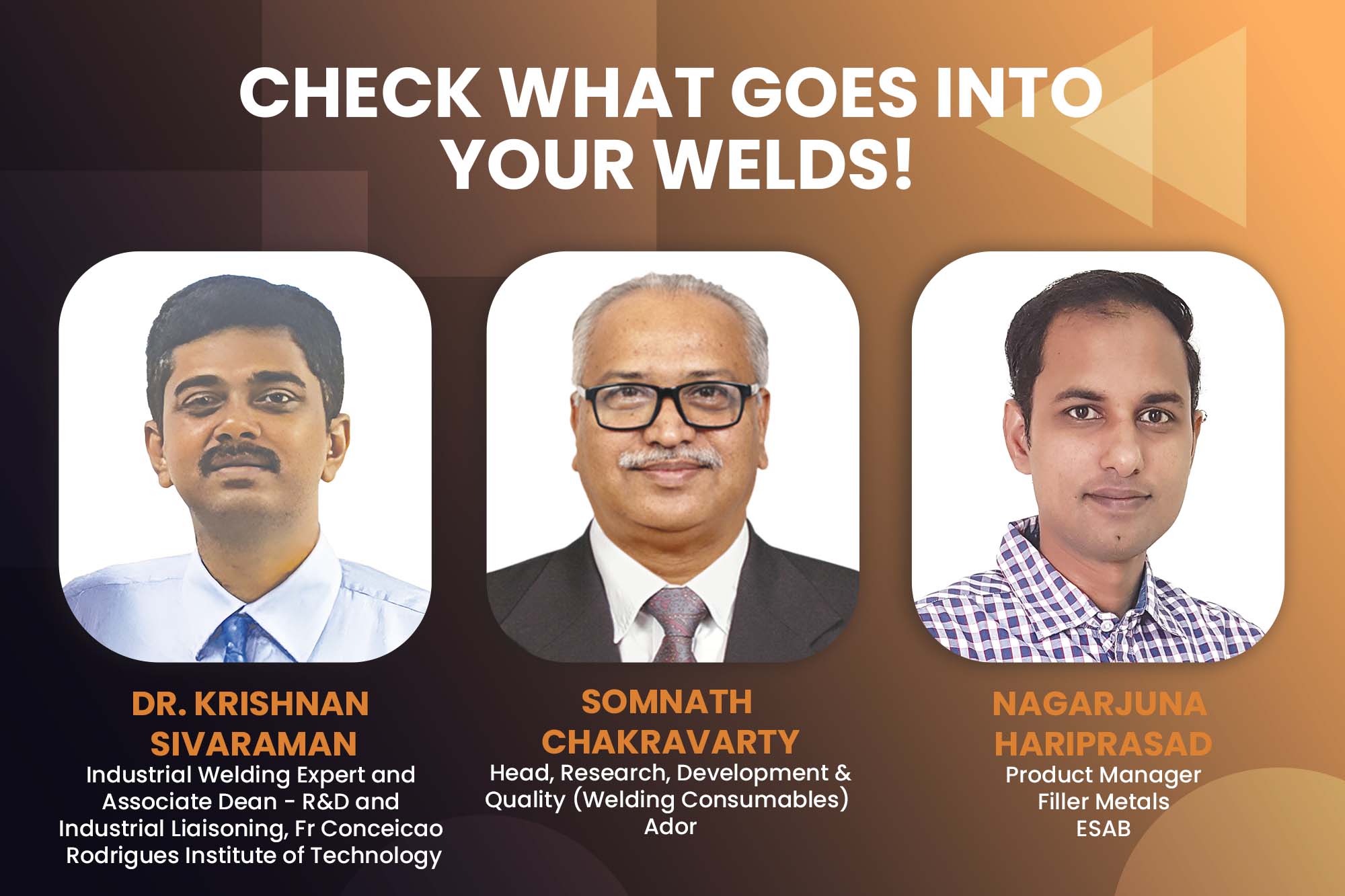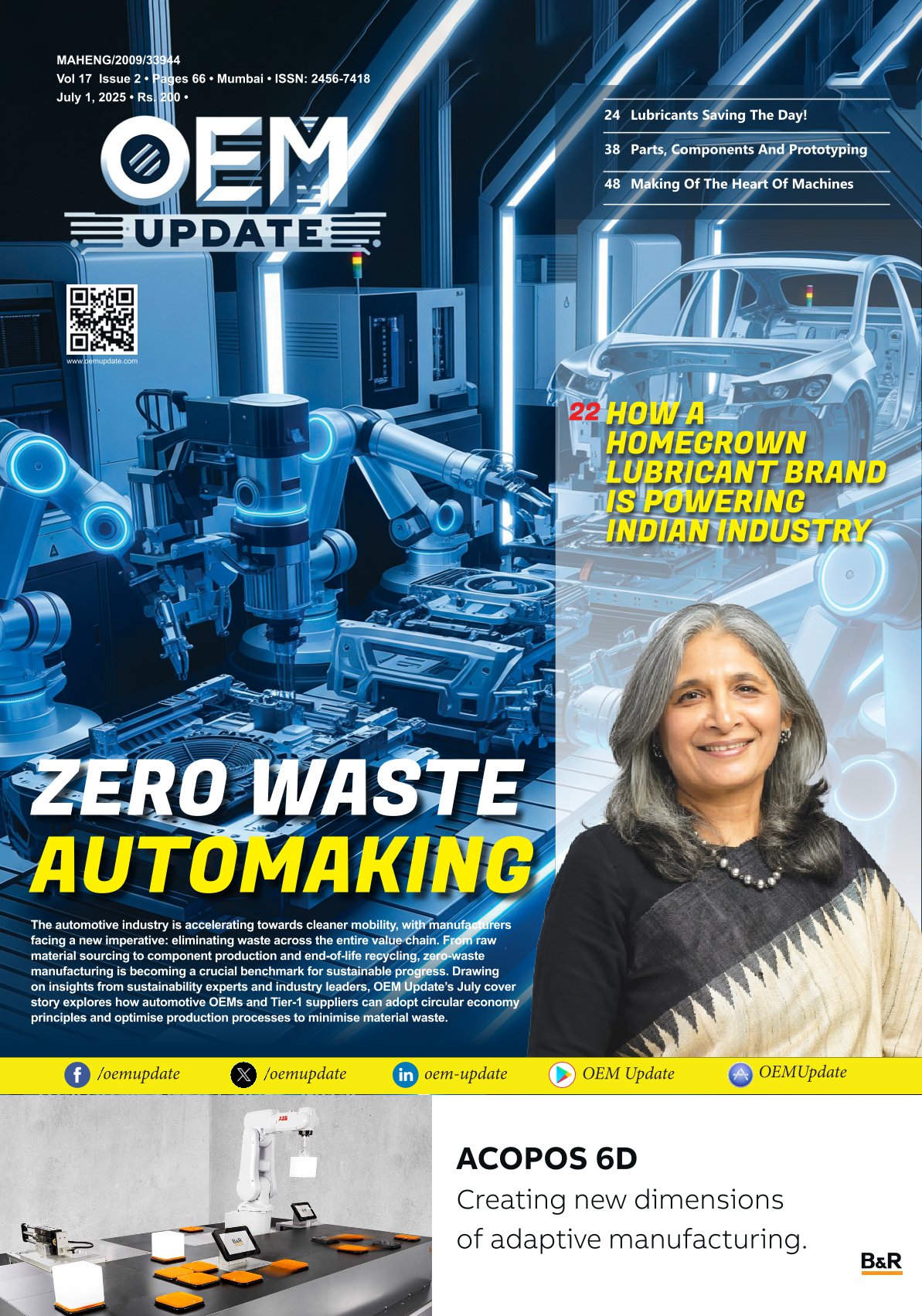Reliably pluggable in the field
By OEM Update Editorial December 11, 2017 11:31 am IST
Sensor or actuator cabling with M12 plug-in connectors
M12 plug-in connectors are widely used for field installation – and there is a reason why they are often the first choice. Numerous variants of the design offer the user a reliable and economical interface. A number of things must be considered during component selection – both for moulded and for freely configurable plug-in connectors.
Spoiled for choice
For sensor or actuator cabling, component selection begins with the planning process: What requirements should be considered? What are the characteristics of the installation location? What are the significant mechanical and electrical considerations? And what role will temperature, protection class, or vibration play? The market has numerous solutions for field cabling, from the standard program to the special program for unusual requirements. The passive product program usually encompasses the following components: panel feed-throughs, cables with moulded-plug connectors, freely configurable plug-in connectors, and distributors. But the M12 design interface dominates the market.
Help with selection
The standard program is not the same everywhere – the differences in durability, for instance, are significant. One important component is the moulded plug-in connector cable – electrical, mechanical, and thermal characteristics vary widely. The user can choose from among various cable qualities – including cheap PVC cables, oil-resistant, halogen-free PUR cables, and highly flexible cables that perform well under torsion.
The growing number of sensors and actuators is accompanied by a growing number of cables. There is often great savings potential here. If only compressed-air valves are to be used, the cables do not need to be oil-resistant. For use with milling machines or lathes, on the other hand, constant contact with lubricating oils requires that just these cables be used.
The quality of the cables plays an important role in durability. How can the user determine the correct cable quality? Which cable is the right one for the application? Market-leading cable manufacturers and providers of cables with moulded plug connectors provide detailed information about their components in print and on-line catalogs. This information allows many variants to be ruled out and the selection of possible correct cables to be narrowed down. For the further selection of plug-in connectors and cable qualities, on-line tools such as selectors can help. Receiving this comprehensive information as early as the planning phase minimises the risk of installing a solution that is technically or economically unsound.
But the question of who will perform on-site installation must also be considered. Are there technicians on-site who can install the chosen components and assemble the plug-in connectors? Or are cables with moulded plug connectors the only ones that can be used? In either case, both the cable and the plug-in connector should fulfil the requirements of the application. The influence of oils, dust, and vibration should not impair the functioning of the plug-in connector. Here, too, the market offers various levels of quality that are not always immediately obvious. For instance, for use with welding robots, material that is resistant to UV rays and welding sparks is required, while use with milling machines or lathes put the focus on oil-resistance and leak tightness.
Characteristics with moulded plug connectors
If the demands placed on plug-in connectors are clear, they lay out the characteristics of an entire article. Cables with moulded plug connectors are offered both with plug-in connectors on both sides and with one open cable end. For the variant that has moulded connectors on both sides, the cable length must first be defined so as to avoid cable loops in the machine. This design is especially advantageous because of plug-and-play – the components have been electrically tested and only have to be plugged in. The coded connector profile allows cabling to be performed by trained personnel. On-site assembly is unnecessary, and the installation’s susceptibility to errors falls dramatically.
For the variant with a moulded plug connector on one side only, the cable length does not need to be precisely defined – the user can shorten the cable as necessary. This design is also electronically tested – but it must be assembled. The application of a freely configurable plug-in connector provides an interface that is pluggable on both sides.
Push-in technology offers even more convenienceThe deciding factor for the selection of the correct plug-in connector is its specific functions, with which the user should be intimately familiar. The spring cage and insulation displacement technologies, both of which are considered quick-connection technologies, save the installation technician a great deal of time, since several of the steps necessary for installing screw connection technology become unnecessary.
Spring-force technology is the best known quick-connection technology. All spring-force connectors allow a solid, maintenance-free cable connection – even when subject to increased shock and vibration. The spring cage connection provides simple installation of rigid or flexible cables, with or without ferrules. The clamping area is opened with a screwdriver before the cable is inserted.
Push-in technology goes one step further: a leg spring allows rigid or flexible cables with ferrules to be pushed easily into the clamping area. It requires neither a screwdriver nor a pusher. The pusher is used only for the connection of flexible cables without ferrules or for removal.
Insulation displacement technology is also known on the market as IDC (Insulation Displacement Connection) connectors. Without first stripping the insulation, the wire is fed between two blades which are designed to cut through the insulation of the individual cable and then create a gas-tight connection. Their special characteristics allow the blades to exert uniform contact force on the wire, thus ensuring a reliable, defined contact.
This method requires that the insulation be approved for use with insulation displacement technology and that the wire be symmetrical – requirements that standard cables in industrial environments generally fulfil. If this product characteristic is not included in
the plug-in connector data sheet, it is necessary to ask about it.
Contact
Phoenix Contact India Pvt Ltd
F-26/2, Okhla Industrial Area,
Phase -2, New Delhi – 110020
E-mail: adverts@phoenixcontact.co.in
Tel.: +91-11-30262700
Cookie Consent
We use cookies to personalize your experience. By continuing to visit this website you agree to our Terms & Conditions, Privacy Policy and Cookie Policy.







